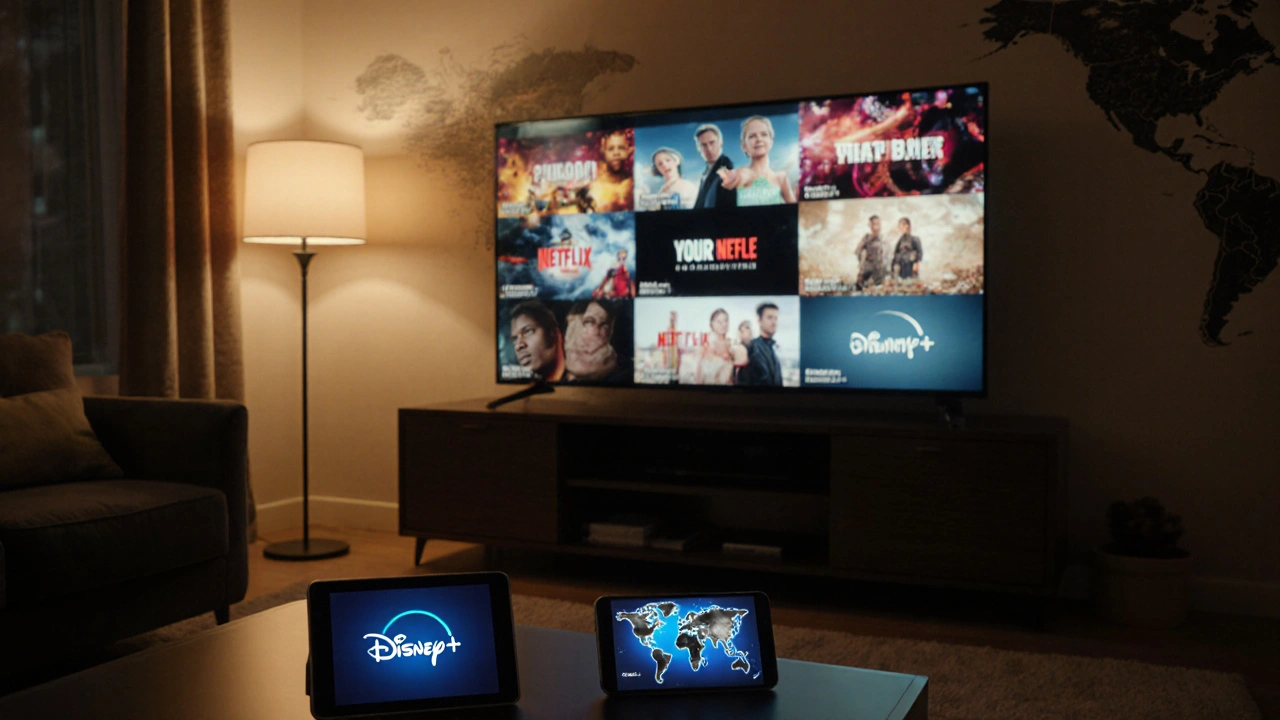Movie Streaming Comparison: How to Choose the Right Service
When you start looking at a Movie Streaming Comparison, a side‑by‑side look at how different platforms stack up on price, content, and features. Also known as streaming service showdown, it helps you figure out which subscription fits your budget and tastes. The comparison encompasses Streaming Services, the apps and websites that deliver movies and TV shows over the internet, examines Subscription Pricing, monthly or annual fees, tier structures, and any hidden costs, and checks whether Free Streaming Platforms, ad‑supported services that let you watch without paying a subscription can meet your needs. It also looks at the Content Library, the size and variety of movies, series, and originals each service offers so you know where the titles you love live.
Why a Structured Comparison Matters
Without a clear framework you might compare Netflix's original slate to Hulu's ad‑free tier and miss the bigger picture. A solid movie streaming comparison tells you that pricing influences library size, while free platforms often rely on older titles and limited new releases. It also reveals that a higher price can mean faster streaming quality, more simultaneous streams, or exclusive releases. By linking subscription pricing to content library depth, you can decide if paying extra for early‑access movies makes sense for you.
Think about your viewing habits: do you binge‑watch new releases, or do you prefer classic films and documentaries? If new releases are your thing, look for services that invest heavily in original programming and secure fresh licensing deals. If you love deep catalogues, focus on platforms with massive back‑catalogues and robust search tools. This is why the comparison also requires an understanding of each service's genre focus, device compatibility, and user‑interface simplicity. For example, family‑friendly platforms often bundle parental controls with kid‑safe sections, while niche services might specialize in horror or indie cinema.
Another key factor is the availability of free trials and promotional offers. Many services let you test the library for 30 days, which can be a decisive data point in a movie streaming comparison. Free streaming platforms, on the other hand, usually have an ad‑supported tier you can jump into instantly, but they may limit picture quality or force you to watch commercials every 10 minutes. Knowing these trade‑offs helps you balance cost against convenience.
Finally, the geographic reach of a service matters. Some platforms only operate in certain countries, and licensing deals can block titles based on where you are. A thorough comparison checks the regional library for your location, ensuring you don’t sign up for a service that looks great on paper but lacks the films you want to see at home.
All these pieces—pricing, library size, original content, free options, and regional availability—fit together like puzzle pieces in a movie streaming comparison. Below you’ll find a curated list of articles that dive into each of these aspects, from free streaming services in 2025 to detailed head‑to‑head battles between Hulu, Netflix, and Amazon Prime. Use them to build your own decision matrix and pick the perfect streaming partner for your next movie night.
Discover the best streaming service for movies in 2025. Compare Netflix, Disney+, HBO Max, Amazon Prime, Apple TV+ and Hulu based on catalog, price, quality, and exclusive content.
View More

